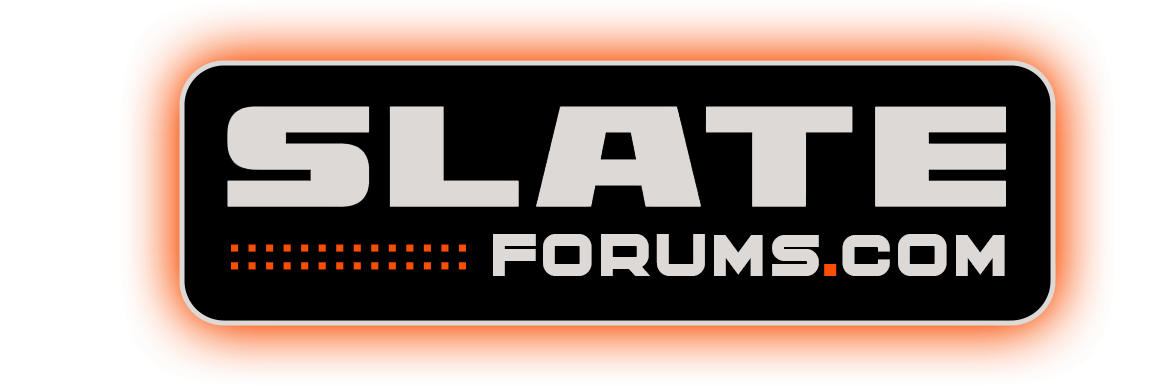E90400K
Well-Known Member
- First Name
- Francis
- Joined
- Apr 26, 2025
- Threads
- 5
- Messages
- 125
- Reaction score
- 160
- Location
- Middle of the Mid Atlantic
- Vehicles
- A Ford truck
- Thread starter
- #1
If Slate wants to use as much part commonality.
Last edited:
